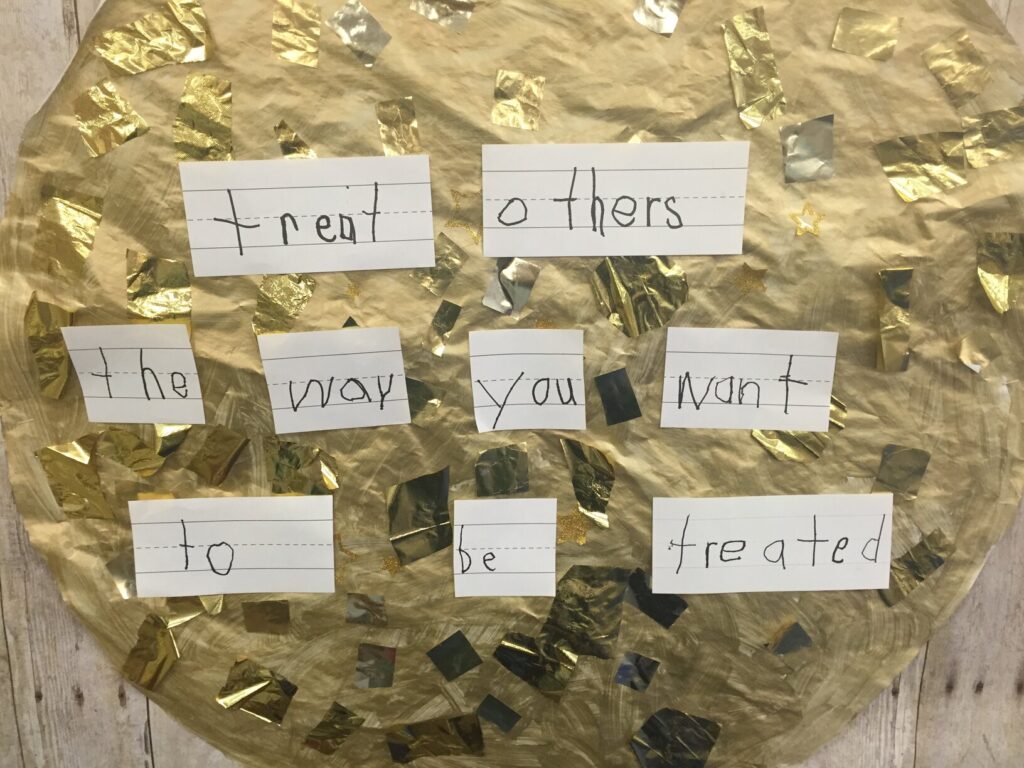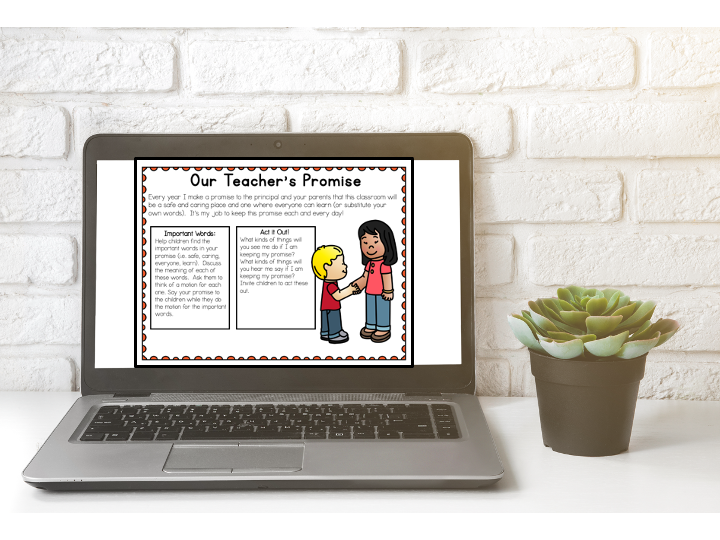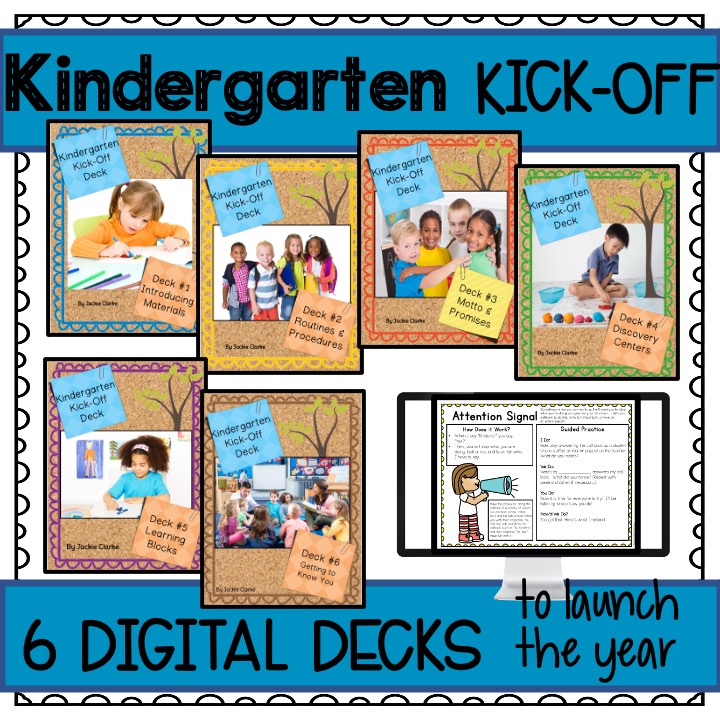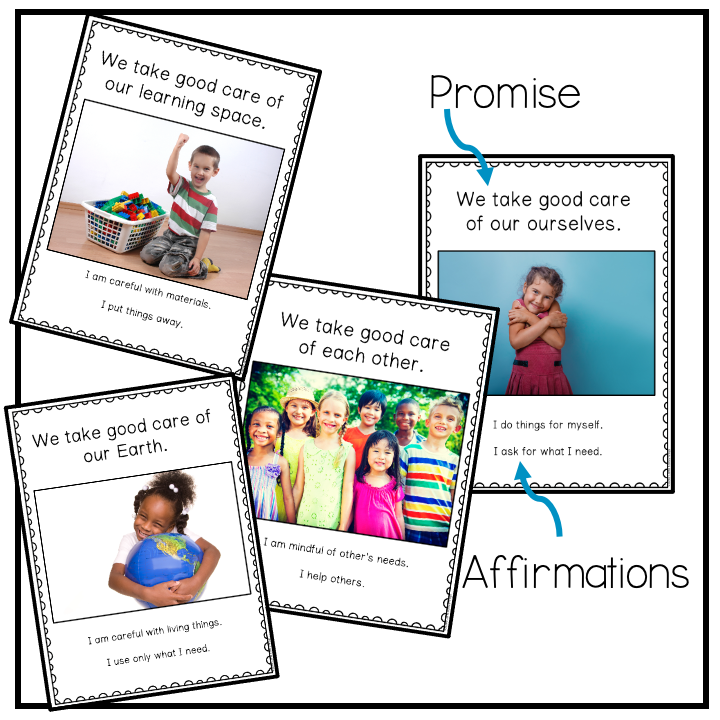How We Talk to Kids
When I first began teaching, I didn’t know how to talk to kids.
I quickly realized that on my first placement as a preservice teacher. I found myself in a kindergarten classroom in an urban setting. There was a lot going on in that room and I lacked the teacher language to be effective.
The other preservice teacher I was paired with had worked with kids before. She seemed to know how to talk to them. She kept saying, “You need to sit down.” “You need to listen.” “You need to do your work.”

I started using those words too because I didn’t have anything better.
Those words and others stayed with me for a long time. They became my default setting.
Eventually, I had to realize that the language I was using, just didn’t work. Telling kids that they “need” to do something, was based on my need, not theirs, and it was ultimately ineffective.
Using Classroom Rules to Form Better Teacher Language
Choose a Class Motto


Identify a Set of Broad Classroom Rules

Before introducing the rules, we learned what that phrase meant and drew pictures of things that we already knew how to “take good care of.”
Break Down Rules Into Behaviors
Kindergarten Classroom Rules vs. Promises

To help children understand that relational piece, I build in time at the beginning of the year to explore the meaning of a promise. I share my “teacher’s promise,” that I make to my principal and their families.
Live Your Classroom Rules
Creating Your Own Kindergarten Classroom Rules
Try following these steps in creating your own classroom rules:
- Choose a motto that reflects important words that match the vision you have for your classroom culture.
- Identify a few broad-reaching rules that will help you and the children live that motto. Keep the language clear, consistent, and simple. You can find a FREE set of my Promise Posters HERE.
- Break down your rules into behaviors or affirmations that will help children know what that rule looks and sounds like. Choose language that you might use in helping children manage their own behavior.
- Decide what to call your rules. Should they be rules, promises, agreements, or something else.
- Find ways to make your classroom rules a part of your everyday such as reciting them during morning meeting or highlighting children’s behaviors that show them “living” those rules.





 Exploring Needs and Wants in Kindergarten
Exploring Needs and Wants in Kindergarten Kindergarten Writing Assessments that Show How You Grow
Kindergarten Writing Assessments that Show How You Grow Making a Plan for the Covid Friendly Classroom
Making a Plan for the Covid Friendly Classroom 5 Teamwork Activities for Your Kindergarten Classroom
5 Teamwork Activities for Your Kindergarten Classroom